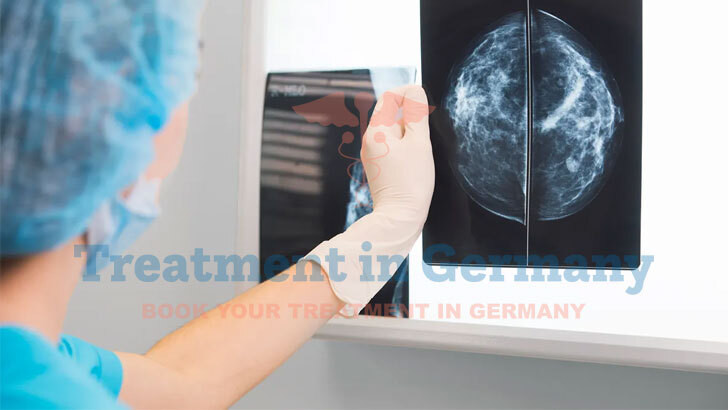
Mammograms are an X-ray of your breast that detect early signs of breast cancer.
Abnormal findings on a mammogram occur when breast imaging identifies an unusual area that could potentially be cancerous. This can appear as small white spots known as calcifications, or as lumps and masses, among other suspicious regions. When an abnormality is found during breast screening via mammography, the patient is usually informed and asked to return for further testing.
Occasionally, irregular mammogram results are false positives, indicating no cancer. Utilizing high-resolution 3D mammography often helps to minimize these false positives in breast cancer screenings.
Masses or Lumps
When radiologists examine mammograms, they often focus on identifying masses or lumps. These distinct areas of tissue have defined shapes and edges, ranging from oval to irregular. While the presence of a mass doesn't automatically indicate cancer, it requires further investigation.
Calcifications
Calcifications are small calcium deposits that appear as white spots on mammograms. They are categorized into two types: macro calcifications and microcalcifications.
Macro calcifications
Micro calcifications
Asymmetries
Asymmetries occur in approximately 3% of mammograms and indicate areas that look different from surrounding breast tissue. While they usually don't signify breast cancer, further imaging may be necessary to rule out any concerns.
Architectural Distortion
Architectural distortion refers to abnormal arrangements of breast tissue. This can manifest as:
Causes of architectural distortion
When architectural distortion is detected, a diagnostic mammogram is often recommended for a closer examination.
Early detection of mammographic abnormalities is crucial as it allows for timely intervention and treatment and increases the chances of successful outcomes and reduces the need for more aggressive treatments.
Diagnostic Mammogram
When mammographic abnormalities are detected in Germany, a diagnostic mammogram is typically the initial follow-up procedure. This detailed examination allows radiologists to:
Breast Ultrasound
Breast MRI
Biopsy Procedures in Germany
Follow-up Monitoring in Germany
Genetic Testing and Counseling in Germany
Treatment Options for Mammographic Abnormalities
Conservative management approaches: For some benign abnormalities, conservative management may be recommended:
Surgical interventions
Surgical options may include:
Germany's Healthcare System and Breast Cancer Treatment
Germany has a universal multi-payer healthcare system:
Germany has a network of certified breast cancer centers that provide comprehensive care:
Multidisciplinary teams of specialists
Patient Support and Follow-up Care in Germany
Comprehensive support services are available:
Conclusion
Germany's approach to managing mammographic abnormalities combines cutting-edge technology, comprehensive care, and patient-centered support. From early detection to advanced treatment options, the country's healthcare system ensures that patients receive top-quality care throughout their breast health journey. With its focus on personalized medicine and ongoing research, Germany continues to be at the forefront of breast cancer diagnosis, treatment, and care.
Kindly complete the form below, and our dedicated team will reach out to you promptly. We look forward to connecting with you soon!
Trierer Straße, 56072 Koblenz, Germany
.webp)
.webp)
 (1).webp)
 (1).webp)

.webp)
.webp)
 (1).webp)
 (1).webp)
